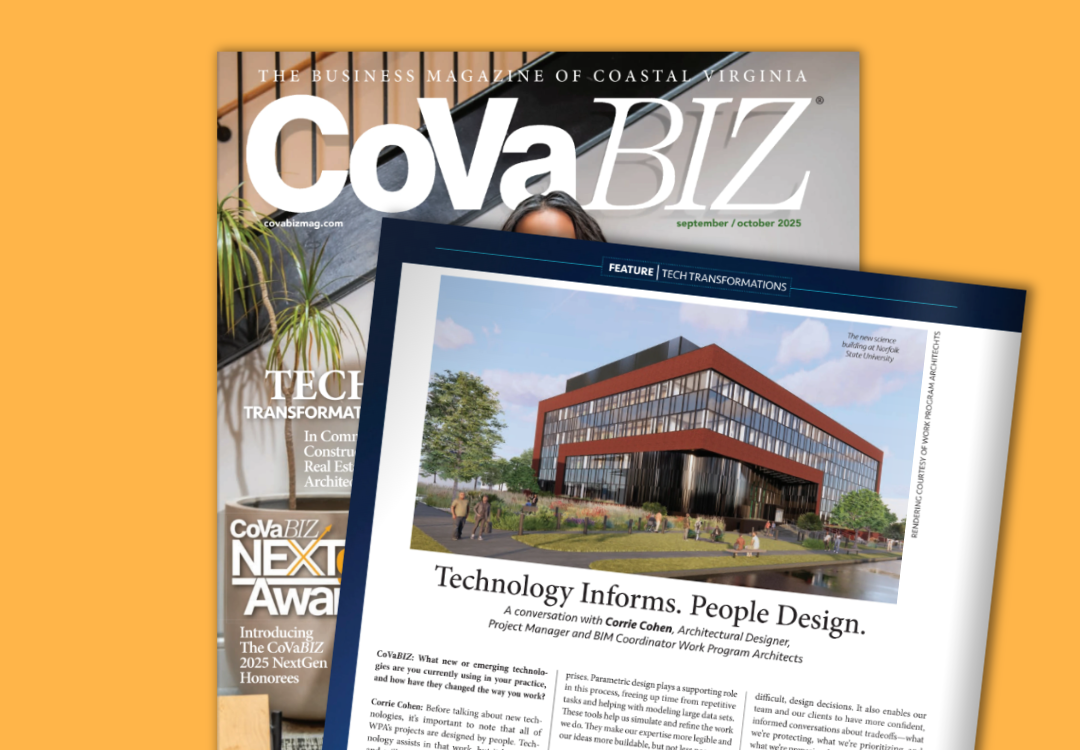
CoVaBiz Talks Architectural Tech with WPA’s Corrie Cohen
In a recent Q&A for CoVaBiz Magazine, WPA’s Corrie Cohen unpacks how technology is shaping the future of architecture —...
Read More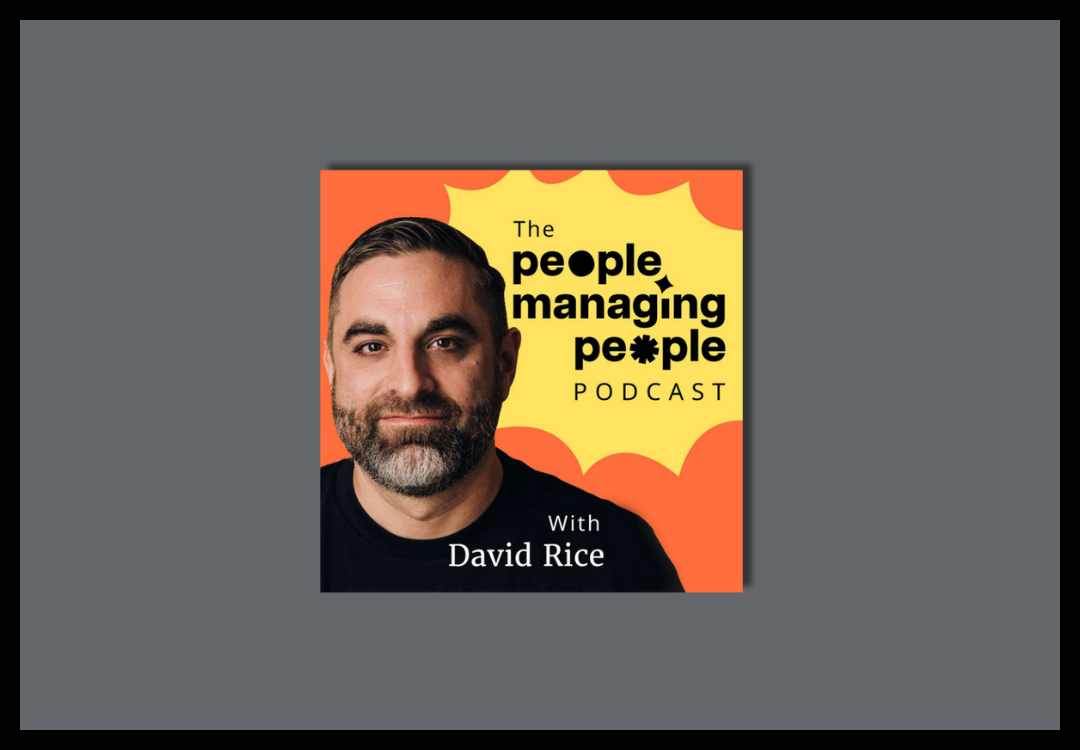
CEO Mel Price Talks Radical Transparency on People Managing People Podcast
For a recent episode of the People Managing People podcast, host David Rice sat down Mel Price, CEO and co-founder...
Read More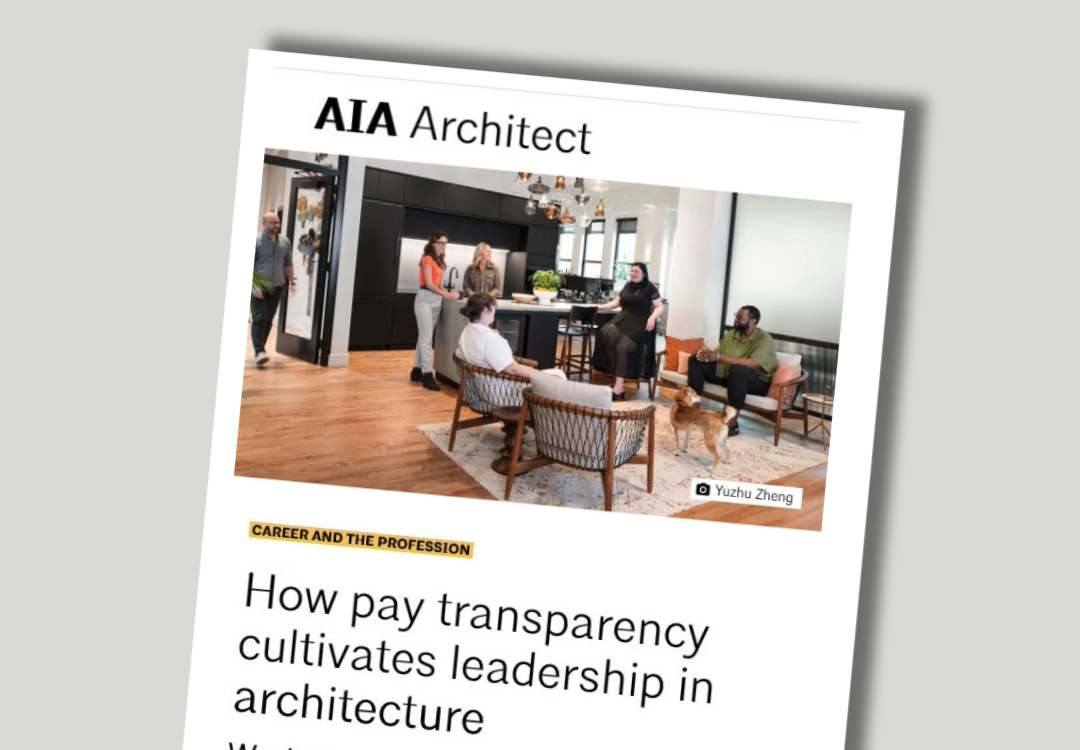
AIA Publishes Essay on Pay Transparency by WPA’s Erin Agdinaoay
How architects engage with their work changes when they’re given access to the full financial picture. At Work Program Architects,...
Read More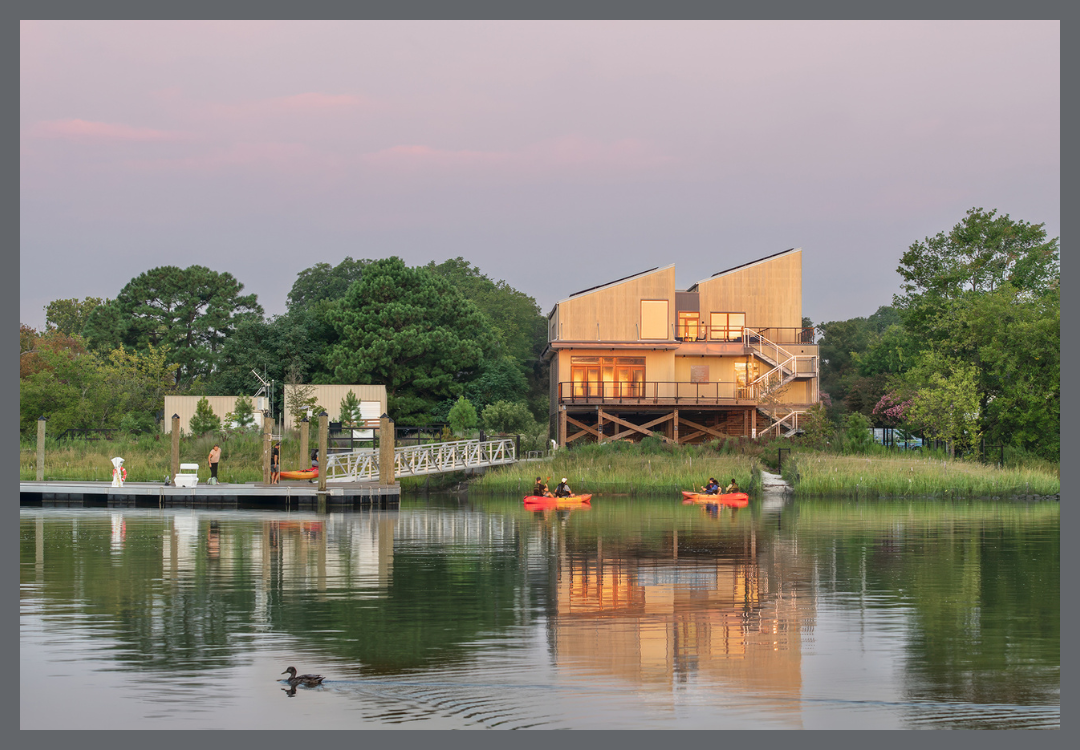
Elizabeth River Project’s Ryan Resilience Lab Named a ‘World Changing Idea’ by Fast Company
Work Program Architects is proud to share that the Elizabeth River Project’s Ryan Resilience Lab has been named a winner...
Read More
NBC’s Today Show Takes Viewers on a Tour of the Elizabeth River Project’s Ryan Resilience Lab
The Elizabeth River Project’s Ryan Resilience Lab, designed by Work Program Architects, was recently featured on NBC’s Today show, bringing...
Read More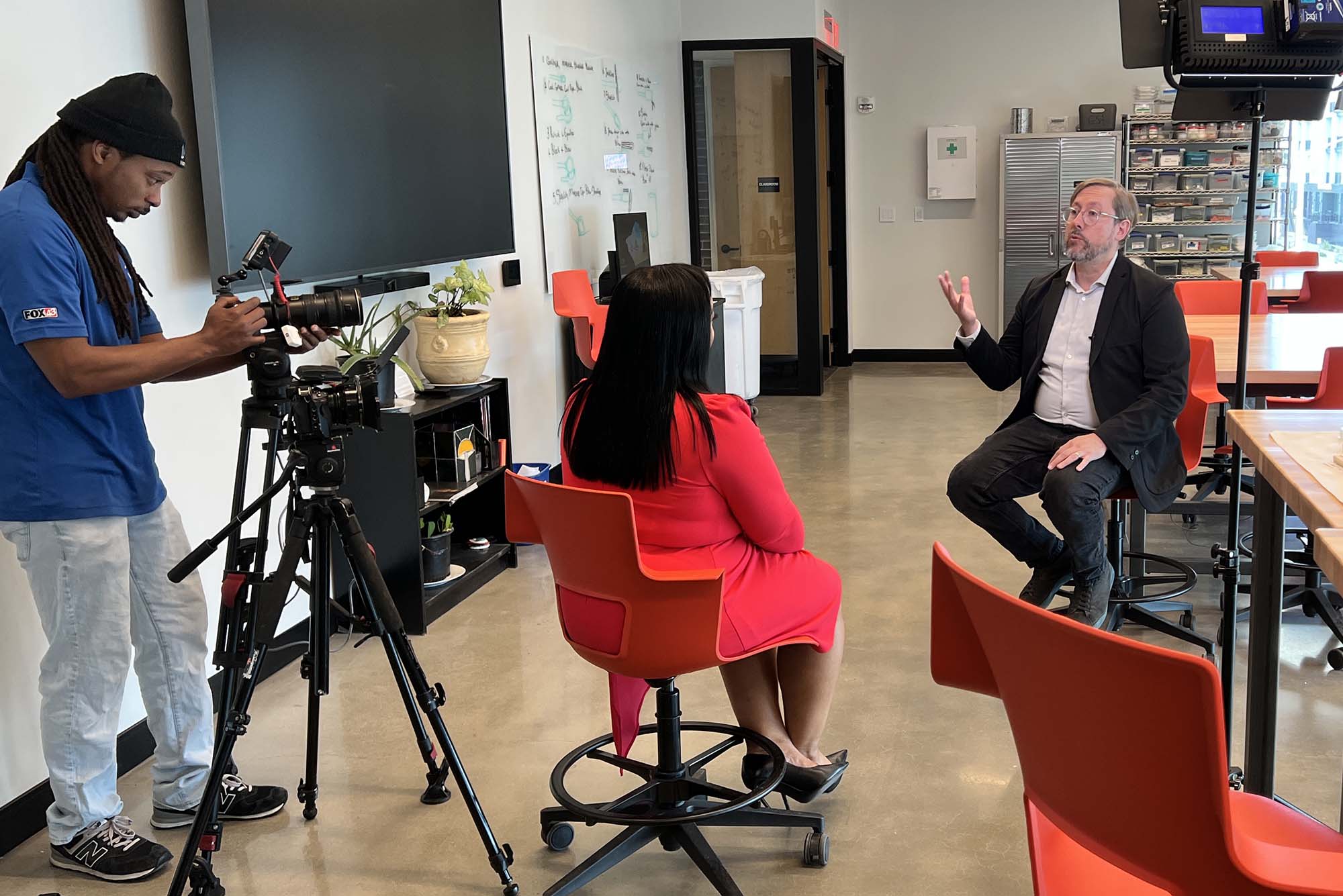
Expanded Perry Glass Studio Reopens at the Chrysler Museum of Art
The Perry Glass Studio at the Chrysler Museum of Art has officially reopened following a $30 million expansion. The museum...
Read More
Work Program Architects named to Inc. List of the Fastest-Growing Private Companies in the Mid-Atlantic for 2025
Work Program Architects (WPA) is No. 113 on the fifth annual Inc. Regionals: Mid-Atlantic list, recognizing the fastest-growing private companies...
Read More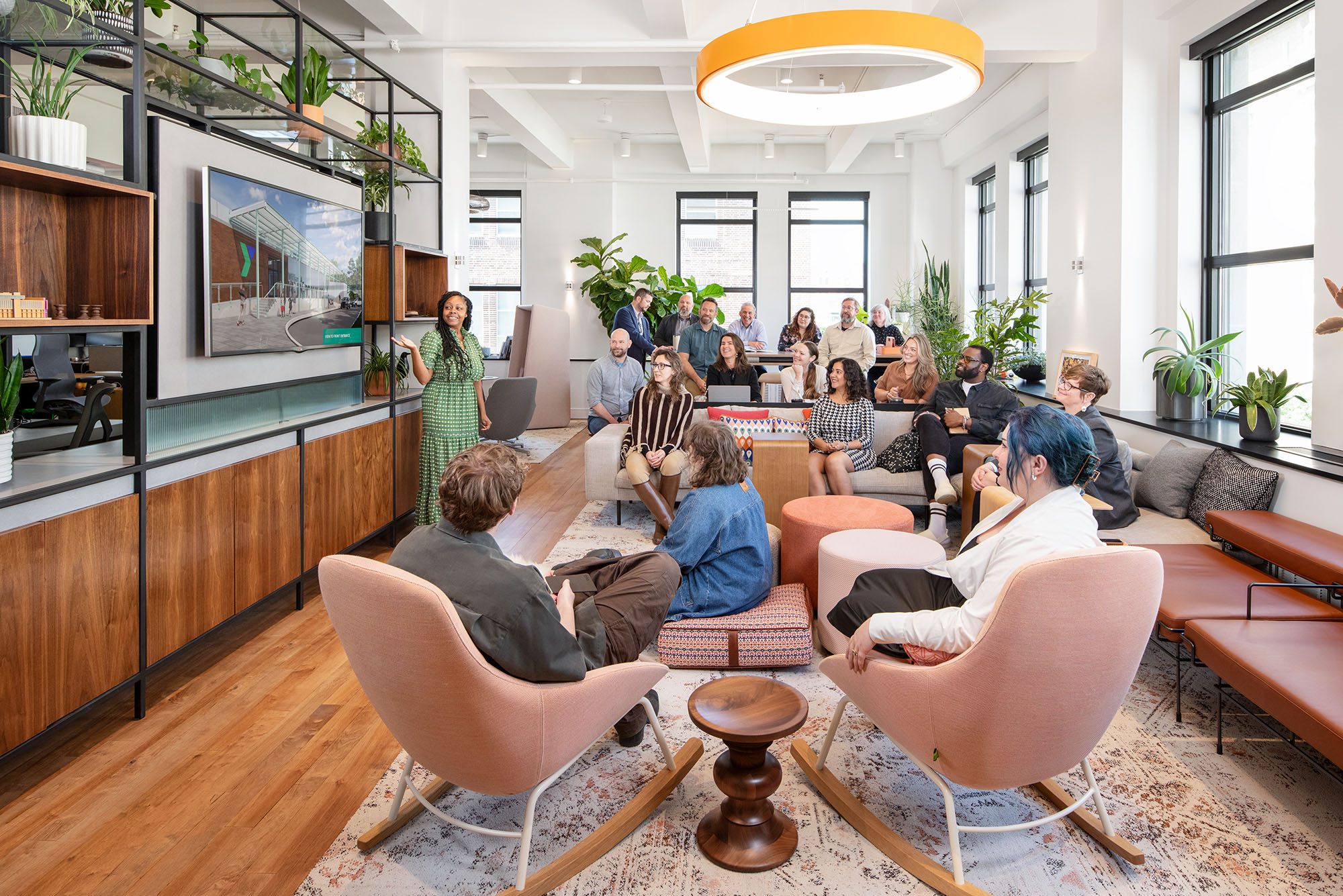
Work Program Architects Named a 2025 Most Innovative Company by Fast Company
Work Program Architects (WPA) has been named to Fast Company’s Most Innovative Companies of 2025, earning the #7 spot in...
Read More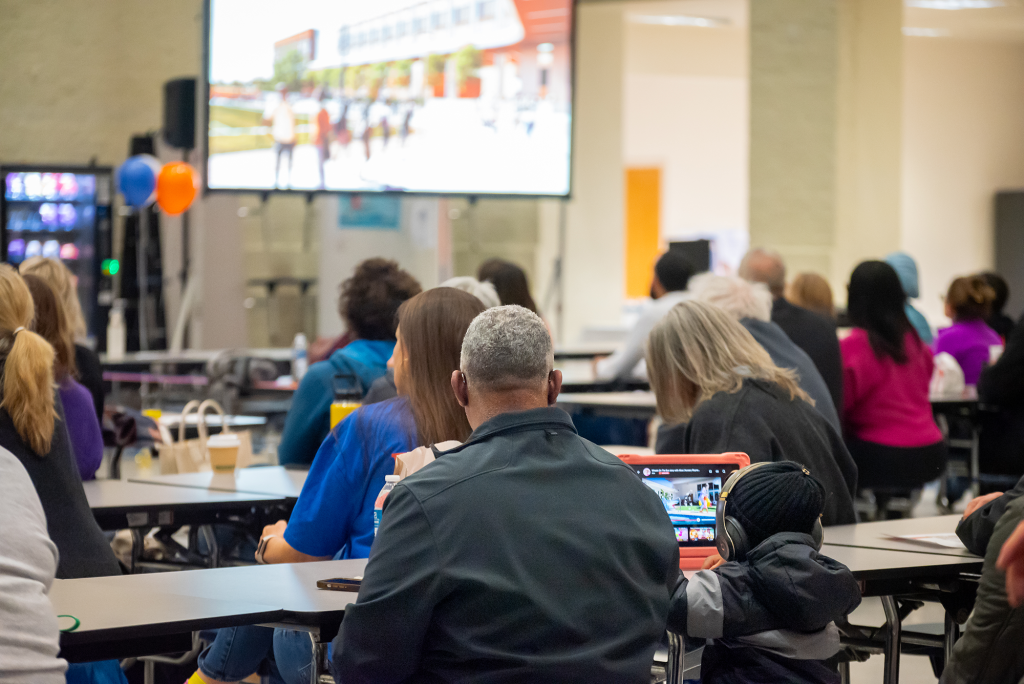
Proposed Designs for New Maury High School Unveiled
Last week at a public event, Work Program Architects (WPA), VMDO Architects and Heartland Construction unveiled proposed designs for the...
Read More